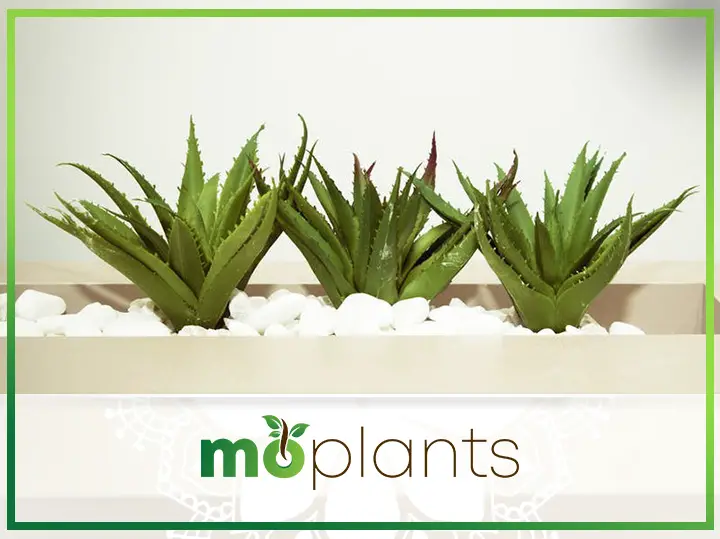The aloe vera plant is adored worldwide for its ornamental appearance, hardy nature, and a plethora of health benefits. This green succulent is an ideal companion for beginner and brown-thumbed gardeners as it can thrive under less-than-perfect conditions and doesn’t require much attention. The most distinctive feature of this houseplant is its thick leaves that boast spiky corners and a pointed tip.
Although it is grown worldwide, aloe vera is native to North Africa, Southern Europe, and the Canary Islands. It also has a long history, as ancient Egyptians used this plant for various medicinal purposes. Today, people use the gel inside the aloe vera leaves to soothe sunburns, mild burns, and scrapes. It also alleviates redness and can help those struggling with mild acne and psoriasis.
However, it is important to mention that you should only apply the aloe vera gel topically. Moreover, it may not suit everyone, so please be careful with its usage.
Introduction: Aloe Vera
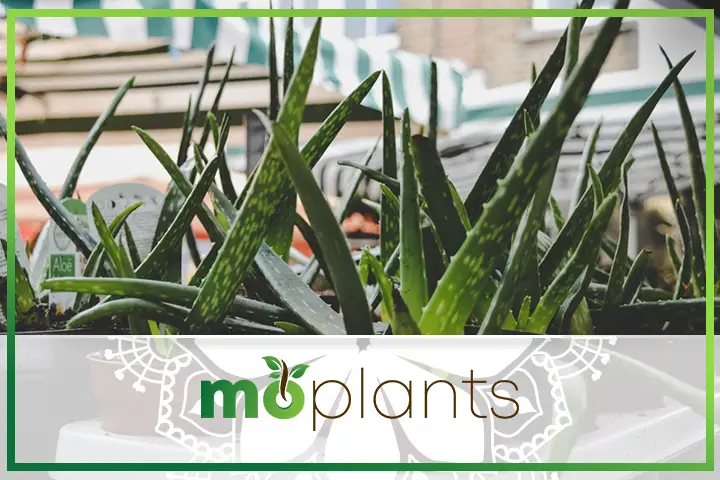
The botanical name of aloe vera is Aloe barbadensis miller, and it belongs to the Asphodelaceae family.
It is the most popular species of aloe, known for its thick and fleshy leaves with serrated edges and bendable spines. The leaves of this houseplant grow from the base in a rosette formation. They typically range from bright green to dull greyish green, with some aloe vera varieties boasting white dots or lines.
Some mature aloe vera plants may also produce a spiky flower in red, yellow, or orange hues. These flowers grow on tall stalks and add another element of interest to the beautiful succulent. Though the plant rarely blooms indoors, you may be able to see the flowers if you live in a warm climate and choose to grow the plant outdoors in near perfect conditions.
In addition, this houseplant is either stemless or has a very short stem. It can grow between 24 and 39 inches tall in an average home environment, reaching its maturity in about three to four years. Each plant has about 12 to 16 leaves, though the number may vary with each type of aloe vera.
A mature aloe vera plant weighs about 1.5 kg and has a lifespan of up to 12 years if treated with love, affection, and care. Compared to other succulents, aloe vera is a fast grower. Its bright green leaves can freshen up your home and create a relaxing environment. The low-maintenance plant can also be a great addition to your bedroom, living room, kitchen, and hallway. You can even decorate the balcony and patio with aloe vera plants if you live in a warmer region.
The clear aloe vera gel, which is about 96% water, has unique properties. It can promote wound healing and provide relief to those suffering from first and second-degree burns on their body. It is also rather beneficial for hair and skin.
Ingesting the bitter aloe vera gel also has some proven health benefits. However, it is important to ask your physician for advice before consuming any part of the plant.
How to Grow Aloe Vera
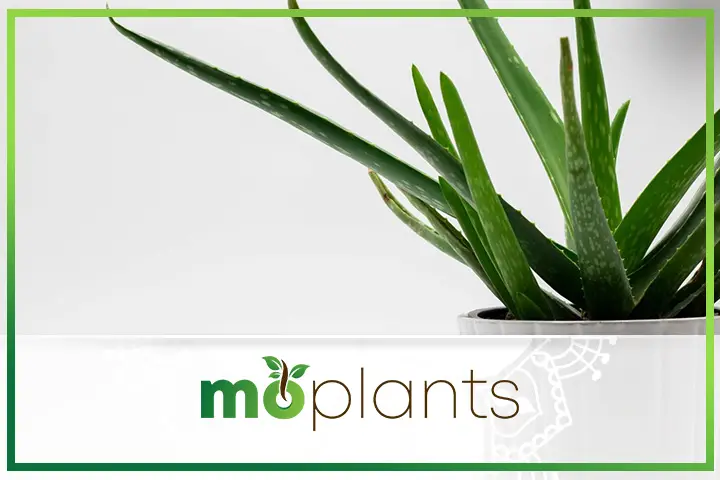
Want to brighten up your home interior with these gorgeous houseplants? Here are some tried and tested tips on how to grow aloe vera.
Placement
Aloe vera can survive in almost every corner of your home as long as it doesn’t receive too much sunlight or gets exposed to cold drafts. You can place this houseplant on a bright windowsill or a shelf near a window. It will also thrive in a shaded spot in your balcony or backyard.
Ideal Temperature
This plant prefers warm weather and cannot tolerate frost. It would help if you ideally kept it in a temperature ranging between 55 and 85 degrees Fahrenheit. If you have placed your aloe vera plant outdoors, please make sure to bring it back inside once the temperature drops to 40 degrees Fahrenheit.
Humidity Level
Accustomed to warm and dry conditions, this plant does not require much humidity. Therefore, average humidity of 40% or lower is generally sufficient to grow aloe vera indoors.
Exposure to Sunlight
Direct sunlight can burn the foliage of this gorgeous succulent. If you want your houseplant to thrive, place it in a bright spot that receives filtered sunlight. Those who live in apartments and don’t have enough natural light can use artificial light to grow aloe vera plants.
Watering Frequency
Like most other succulents, aloe vera can store moisture in its leaves. Therefore, even if you forget to water this plant for a couple of weeks, you won’t be killing it.
During the summer and spring seasons, watering the plant once every two weeks is sufficient for its growth. However, as the weather gets cooler, increase the duration between each watering to ensure your plant doesn’t develop root rot.
A good way to find out if your plant is thirsty is to stick your fingers into the soil and check for moisture. If the soil feels dry, water your aloe vera until the potting mix is thoroughly moist.
Potting Mix
Aloe vera prefers neutral to slightly alkaline soil ranging between pH 7.0 and 8.5. In its natural habitat, this succulent grows on slopes that ensure proper drainage. Therefore, when grown indoors, it requires a well-drained potting mix. You can either buy special succulent potting soil from your local nursery or mix equal parts coarse sand and soil to create your own potting medium.
Infographic
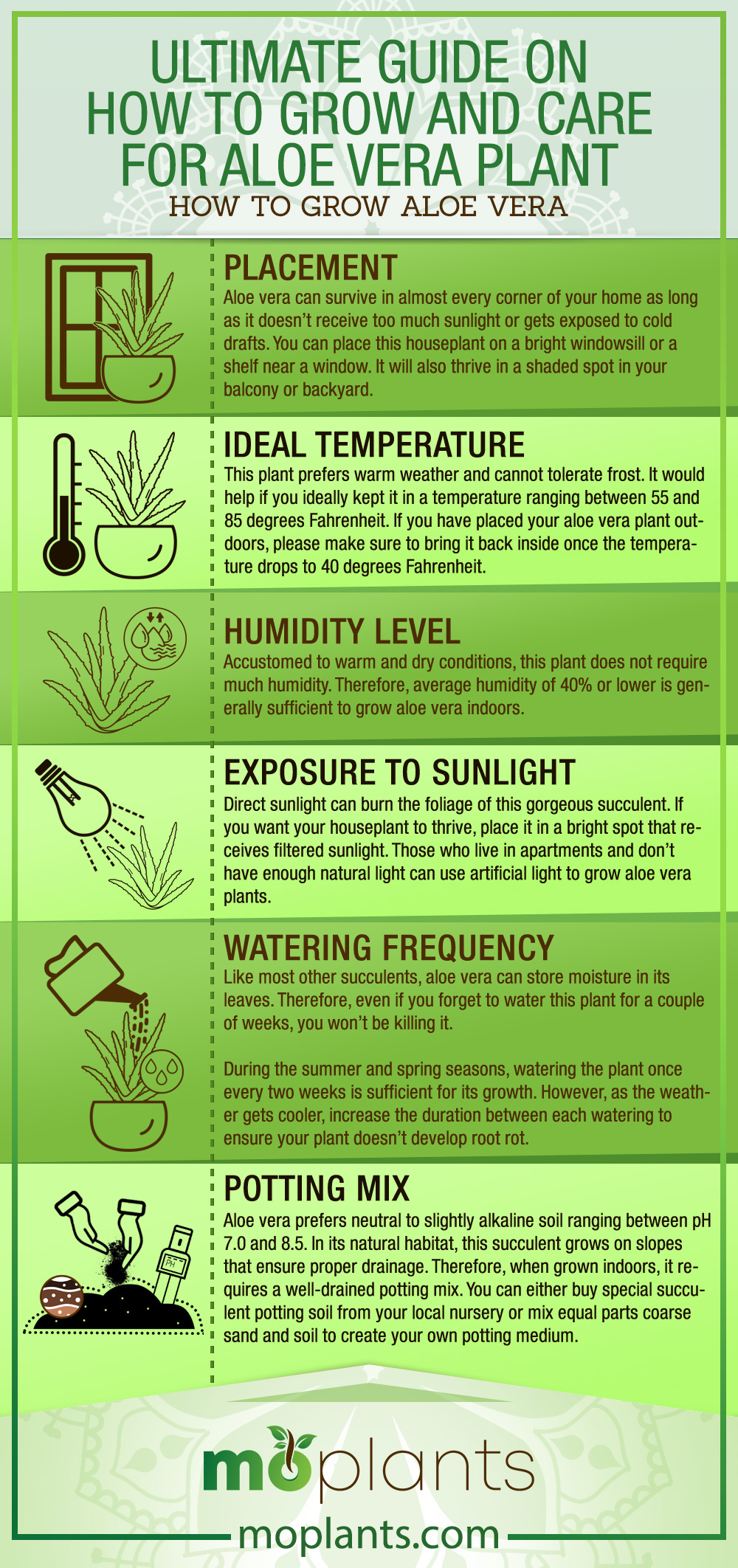
Aloe Vera Propagation Method
It is rather easy to propagate aloe vera. Whether you plan to grow new plants or want to gift them to your friends, make sure to choose a mature succulent and cut a few fleshy leaves about three inches from their tip. Next, insert the cut ends into the soil in separate containers and water them. While some of the cuttings may not propagate, the ones will soon sprout small leaves at the base. Once the plant grows a couple of inches, you can move it to a bigger pot.
Alternatively, you can propagate aloe vera from the offsets that appear at the base of the plant. You should let these baby plants grow to about one-fifth of the size of the parent plant before cutting them away with a sharp and sterile knife. You can plant these offsets into new pots filled with fresh potting mix and water them well.
Aloe Vera Care Tips
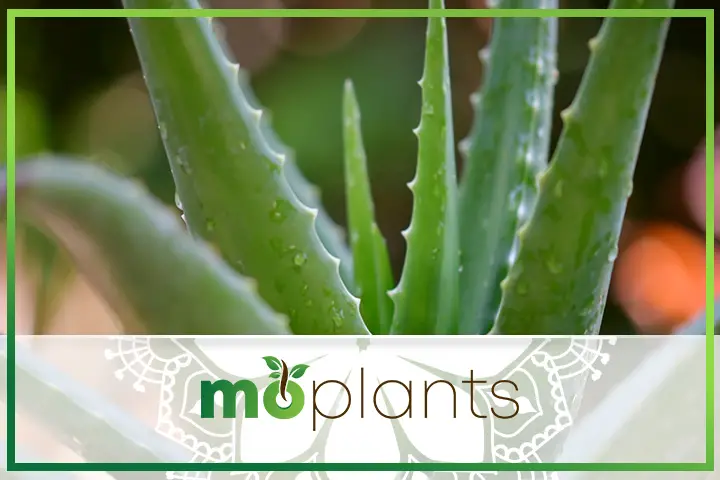
Now that we know how to grow and propagate these stunning succulents, let’s discuss the best ways to look after them. Here are some aloe vera care tips that you will surely find helpful.
Pruning and Trimming
It is natural for an aloe vera plant to get brown leaves as it ages. You can remove the old leaf or prune the affected area using a sharp knife. If you are cutting the entire leaf, please make sure to cut it close to the base of the plant to promote new growth. Also, avoid trimming the leaves in the center.
Balanced Fertilizer
The best time to feed this succulent is during the summer and spring months. You can choose any balanced houseplant fertilizer mixed at half strength for your aloe vera plants. Generally, feeding them one every month is more than enough during the growing season. However, you should not add any fertilizer to the soil during the winter months.
Repotting
Aloe vera has thick, fibrous roots that flourish in snug conditions. However, as the leaves grow and the plant becomes heavy, it may cause tipping. So, when you start noticing the shallow roots spreading out close to the surface, dig the soil and gently pull out the plant. It would be best if you moved your aloe vera plant to a pot that is at least a few inches wider than the diameter of its root ball.
Discard Excess Water
To avoid root rot, plant aloe vera in a pot with an adequate drainage hole. After watering the plant, allow the soil to drain excess water into the small plate placed below the pot and discard it immediately. This is one of the top aloe vera care tips that all beginners should follow.
Choosing Containers
Choosing the right type of container to grow aloe vera can make a huge difference. Usually, homeowners prefer terracotta pots for their plants, which is a great choice as the porous material of these containers allows the soil to dry between watering. On the other hand, if you are looking for something more decorative, plastic or glazed pots can also be a good option.
Regardless of which material you choose, please make sure the pot has a drainage hole at the bottom.
Is Aloe Vera Toxic?
An aloe vera plant may boast several health benefits for human beings, but it can be toxic for cats and dogs. Young children may also have an adverse reaction to ingesting aloe vera gel. However, the gel isn’t as toxic as the leaves. Therefore, consider keeping your plant on a shelf or a window sill to keep them out of reach of your toddlers and any curious critters.
Symptoms of Aloe Vera Poisoning
These are some common symptoms of aloe vera poisoning among pets. They only occur if your furry companions consume the plant in large quantities.
If you notice your pet showing any of these symptoms, please contact a vet immediately.
Common Aloe Vera Problems and How to Solve Them
Now that we know some of the top aloe vera care tips, it’s time to discuss the most common problems you may face while looking after these plants and their respective solutions.
Greying Leaves
The leaves of your aloe vera plant may turn grey if you suddenly move the pot from a dark, shaded spot to an outdoor area that receives bright sunlight. The drastic change in environment may shock the plant, affecting the color of its foliage.
The best way to avoid this problem is to acclimatize your plant to its new surroundings slowly. For example, suppose you are planning to move it outdoors. In that case, you should start by moving the plant to a slightly brighter location than its previous one. Continue changing its position until it adjusts to a warmer and sunnier environment.
If the leaves have already turned grey, consider moving the plant indoors and placing it in a shaded spot so it can recover.
Mushy Leaves and Roots
Nothing can kill your aloe vera plant quicker than a root rot. If you have noticed water-soaked spots in the leaves of your succulents, or if the foliage has started to collapse, it indicates decay caused by overwatering. As the infection spreads, your entire plant will turn soft and eventually die.
If you want to keep your plant alive for several more years, make sure to only water it when the soil is completely dry. Overwatering can result in bacterial infection, destroying the plant.
While it is difficult to bring the aloe vera plant back to life once the root rot has already settled in, you can still try repotting it into a sterile potting soil and moving it to a brighter location. In addition, mix two teaspoons of 35% hydrogen peroxide in 1 gallon of water and spray it on the base and roots of the plant every week or so. This chemical solution can help stop the fungal infection from spreading and may cure the roots.
Browning Leaves
The leaves of aloe vera plants begin to change their color right before the roots begin to rot. So, if your succulent is turning brown, it may be a sign that you are overwatering it. However, brown stalks and leaves also indicate ageing. If the older leaves turn brown and newer ones are still green, your plant is doing completely fine.
Yellowing Leaves
Lack of nutrition and insufficient light are the leading reasons for yellowing leaves. It may also be an early sign of root damage or bacterial infection. The first thing you should do to counter this problem is to move your plant to a sunny spot. Next, feed it using a well-balanced liquid fertilizer. If the problem persists, consider repotting the plant.
Common Pests and Diseases
Aloe vera plants can attract scales, mealybugs, and mites. You can get rid of scales by spraying the leaves with a solution of one tablespoon of insecticidal soap, a cup of isopropyl alcohol, and one cup of plain water. To remove mealybugs, wash the leaves with water and wipe them with a soft cloth. Meanwhile, if your plant has become infested with mites, you may have to prune the infected parts of the leaves.
Infographic
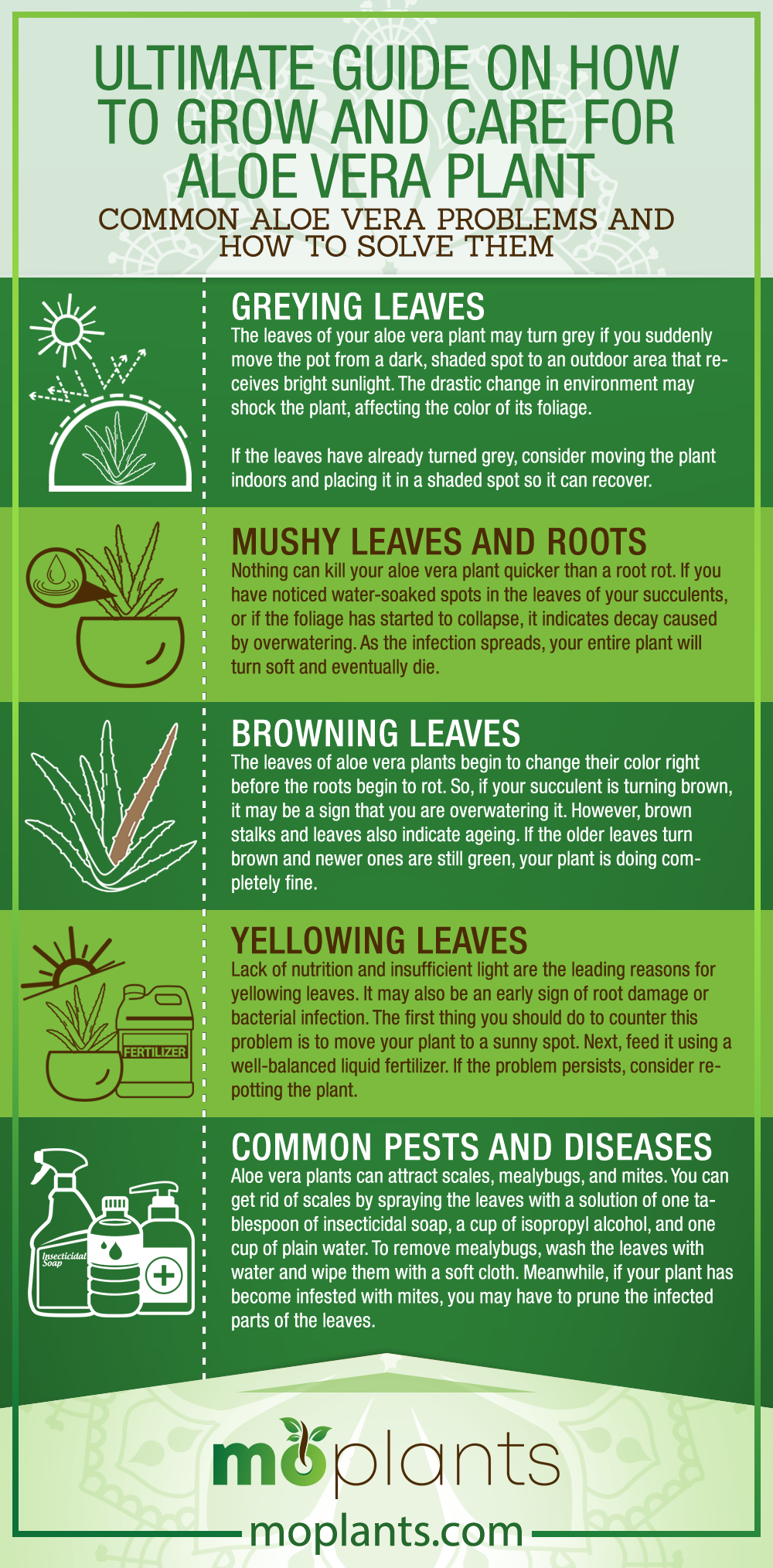
Popular Varieties of Aloe
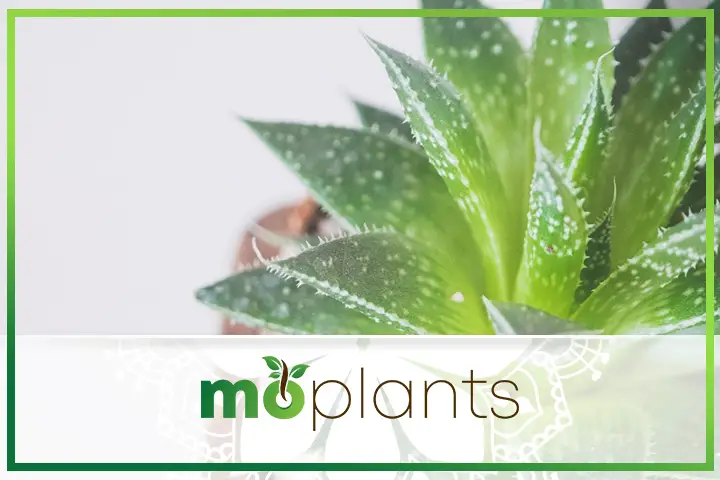
There are over 400 varieties of aloe plants. Here are some of the most popular ones that you can grow indoors.
Stone Aloe
This unique variety of aloe produces vibrant red, yellow, and orange flowers. Its botanical name is Aloe petricola, and it can grow both indoors and outdoors. The gel from the leaves of this plant can help treat mild burns and wounds. It also has purifying properties that can improve the air quality inside your home.
Coral Aloe
This succulent has blue-green leaves with pink margins, making it one of the best varieties of aloe for interior decoration. These plants thrive in dry and hot climates, so you won’t have to invest in a humidifier or water them too often. Coral aloe is not only aesthetically pleasing but also rather low-maintenance.
Spider Aloe
Spider aloe gets its name from its long triangular leaves adorned with white specks. This succulent also produces red and orange-colored flowers, adding to its beauty and charm. Moreover, like other varieties of aloe, this plant contains a gel that can heal sunburns and minor scrapes.
Climbing Aloe
Also known as Aloe ciliaris, climbing aloe is a thin and fast-growing succulent that can grow between 8 and 12 feet with the proper support. This plant produces large red and orange flowers throughout the year, attracting small birds and bees to the garden. Climbing aloe is both visually pleasing and easy to grow, making it an ideal houseplant.
Aloe Vera FAQs
Let’s look at some of the most frequently asked questions about aloe vera.
Should you water the aloe vera plant from the top or bottom?
It is better to water your aloe vera plant from the bottom so the water can reach its roots. You should pour the water slowly and wait for it to emerge through the drainage hole.
What does an overwatered aloe vera plant look like?
If you overwater your plant, its leaves will turn mushy and develop water-soaked spots. Eventually, the succulent will collapse.
Why do the aloe vera leaves appear flat and limp?
Lack of sunlight is the most common reason behind flat, limp, and elongated leaves. Nutrient deficiency and overwatering can also cause the plant to lose its shape, making the leaves soggy.
To conclude, aloe vera is one of the best plants to grow indoors. It is easy to propagate and look after. In addition, the aloe vera gel offers various health benefits that one cannot ignore.

